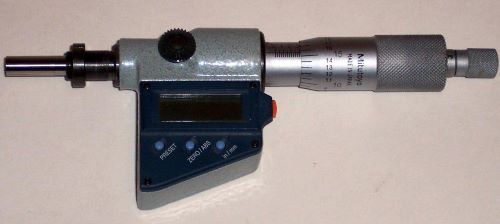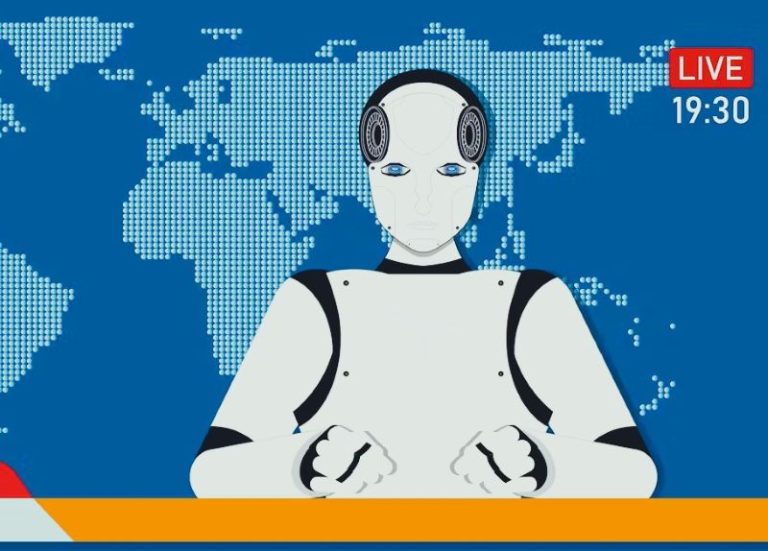

Nowadays, machines are doing more of our usual activities. The vacuum cleaner now cleans the floor in place of a human housekeeper. The same goes for the coffee machine and for that entrance gate, you no longer have to leave the car to open or close. These developments are a result of linear actuators.
Linear actuators continue to find their way into everything we do. Both domestic and industrial applications have to come to rely on linear actuators. This is because of their numerous pros and few cons. But what promoted the discovery of these little magic devices? Let us go back in time and understand how these actuators made their way into our lives and what lies in the future for them.
The Evolution of the Electric Linear Actuator
The underlying design of the electric linear actuator hasn’t changed much since its invention. However, the controls and programmability have become more intricate, with the development of new technologies. This means that many actuators can now be controlled from a single panel. That is, you can program them faster and easier.
The electric linear actuator as we know it today was an invention by Bent Jensen in 1979. Jensen was a Danish businessman who was trying to think of an idea to save his failing agricultural business. One day, whilst talking to an old friend who had a disability, Bent came up with the idea to develop an electric actuator that could adjust the wheelchair.
Subsequently, it became a topic to extend its uses to other electronics and control systems. This led to the use of actuators in automobiles, factories, robots, and other spheres of everyday life.
The Role of Linear Actuators in Advancing Automation Technologies
As technology progresses, so does the finesse of our tools. In the same way, linear actuators have not only automated but reduced the size of applications. Today’s designs are compact and efficient, allowing them to nestle into tight spaces for long-term performances.
Linear actuators have become apt for intricate tasks, from watchmaking to microelectronics assembly. Hence, if you need to work around or replace an actuator in any mechanism, it requires expertise. As they are useful, they are costly and may require a full replacement if a fault occurs. So it’s not the best idea to ruin the device when you can seek professional help.
Some Industrial Applications of Actuators
Actuators perform specific functions like enhancing precision in a wide range of industrial applications. Here is a list of the popular ones.
- Aerospace systems (engine control, flight control, and landing gear).
- Automotive systems (engine control, braking, and suspension).
- Consumer products (appliances, and electronic devices).
- Industrial automation (assembly lines, robotics, and material handling).
Coming to household applications, actuators are present in almost every smart home appliance. They range from furniture to robotic vacuum cleaners that require any sort of manoeuvre. Many toys also have small actuators installed within their miniature systems. The applications are endless.
Key Innovations That Shaped Linear Actuators
Electric Actuation
Transitioning from conventional mechanical techniques to electric actuators characterized an important innovation. Electric linear actuators took the place of manual and hydraulic systems, offering competently control, accuracy, and automation abilities.
Miniaturization and Compact Designs
Advances in materials and manufacturing methods have facilitated the growth of smaller and more compact linear actuators. Miniaturization permits applications where space is restricted, creating linear actuators applicable to a broader span of appliances.
Stepper Motors and Servo Motors
Integration of stepper motors and servo motors has enhanced the accuracy and management of linear actuators. Stepper engines provide detailed accumulative activity, while servo engines provide high-speed and dynamic reactions, improving the overall performance of linear actuators.
Versatility and Adaptability in Diverse Fields
Actuators continue to be the major players in most functioning automated devices. Next, we look at industries where actuators work to fasttrack manual processes. The sheer versatility of linear actuators is evident in their diverse applications.
- Medical: Surgeons now lean on robotic arms, powered by actuators. This helps them to perform intricate procedures with precision previously thought impossible. In the same way, drug dispensing has become an automated process. One is now sure of receiving the exact dosages with little error.
- Industrial: CNC machines and automated assembly lines have transformed the manufacturing world. These precision machines gain their feature from linear actuators. That is why they are able to produce consistent, high-quality products.
- Aerospace: Accuracy is fundamental wherever space is concerned. Any miscalculations may lead to ugly consequences for everyone involved. Linear actuators play a critical role in adjusting the satellite to a tiny desired degree. It also helps maintain the intricate components of aircraft.
- Everyday Life: They are present in most conveniences we take for granted. From automated blinds to assistive appliances that guide the age and less-mobile population, they owe their functionality to the subtle power of linear actuators.
- Solar. To convert sufficient solar energy to electrical energy, the panels must face the sun’s rays. Solar actuators are vital in generating solar energy generation? It automates and regulates the motion of the panels to the angle where the rays are direct.
- Military. Linear actuators are a crucial part of military tanks. They are also important in cannon carriers, aeroplanes, ships, fighter planes, helicopters, and robots because they promote ease of movement.
- Warehouse: Warehouses, nowadays, rely on systems that are fully automated. This helps them to track and manage their logistics better. .
In addition to the ones listed, actuators have helped to automate several systems and processes in other industries. These include agricultural, arts and entertainment, food, automotive, manufacturing, nuclear, and transportation industries.
Conclusion
Electric linear actuators have become an essential part of both home and industry, enabling factories to increase production through automation. Manual jobs are now easily replaced by machines thanks to developments in linear automation. But what does the future hold for linear actuators?
In the future, let us expect to see new types of linear actuators of different designs. The advancement of electric actuators is a never-ending process, but one that is going at a rapid pace. Electric linear regression actuators have been improving our way of life for decades now, and this is unlikely to change any time soon.


